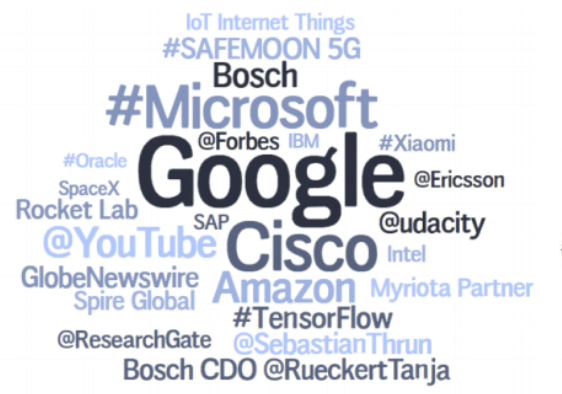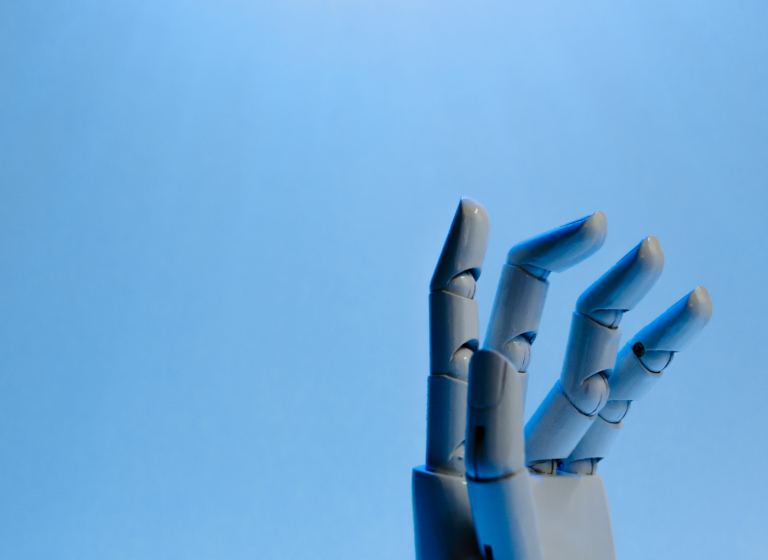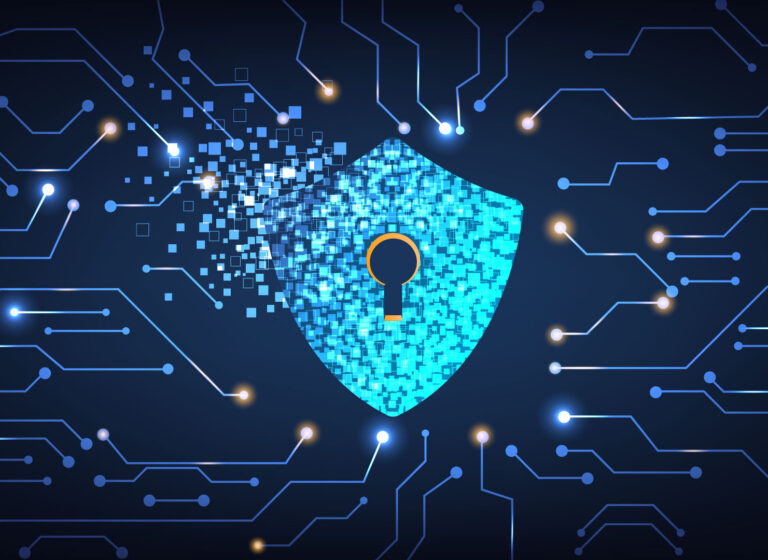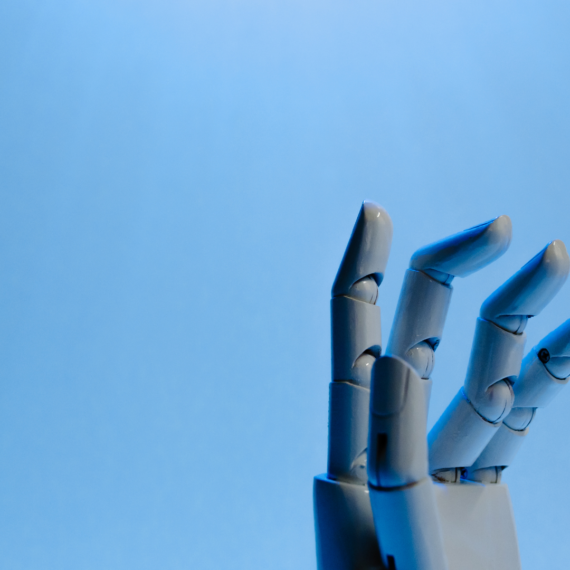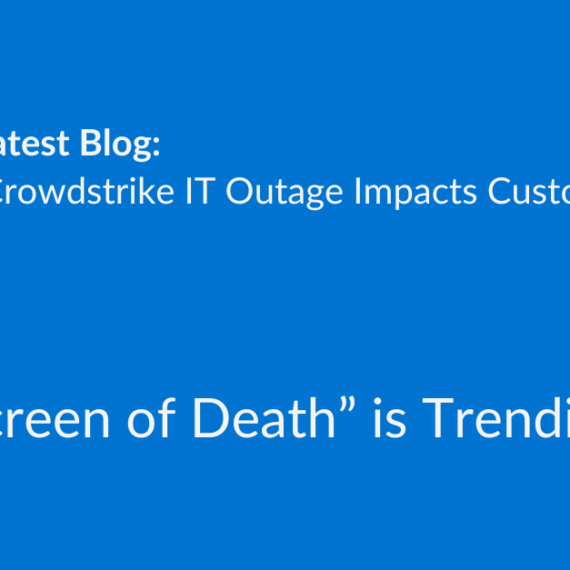IOT conversations in the media and on social channels in September jumped one spot to No. 38, the same spot it held from May-July. Oddly, the term registered an 2% decrease in coverage volume from August, down from 25,801 to 25,345 stories. The term drove 28,051 stories in September 2019 and 23,519 in September 2020 – so 25,000 seems to have settled in as the IOT magic number.
In September, IOT in space made headlines, as Australian companies Myriota and Spire made a deal to create and launch them. While not a new category – there are now more than 1,600 nanosatellites orbiting our planet, typically in low-earth orbits – it is growing fast. As with any technology, miniaturization is inevitable – and desirable. Tiny satellites, clustered together in a spacey IOT of sorts, can be used for low data rate communications, to gather data from multiple points and even in-orbit inspection of larger satellites. Indeed, nano-satellites can be used for university-related research – which was their original intent.
And most satellites are WAY larger than One type of nano-satellite, a CubeSat (its units are 10 centimeter cubes), has a mass of no more than 2.9 pounds per unit. You can pack a ton of those onto any rocket Elon Musk or Jeff Bezos puts into orbit with little effect on fuel consumption. Mass eats fuel. Three pounds at a pop doesn’t.
As one company puts it, such inexpensive tools are leading to the democratization of space (unlike the aforementioned billionaires). And now that Capt. Kirk has officially gone where (few) men have gone before, he’s going to need IOT in space. Kirk’s communicator, not to mention Spock’s tricorder, will be pretty useless without it.


